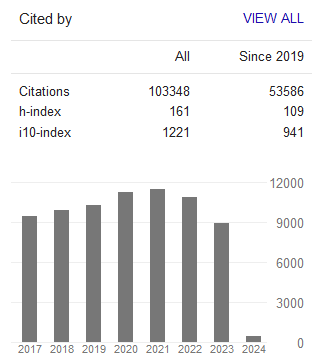What Competitive Strategies Way forward the Regional Competitiveness? A Comparative Economic Approach to Sri Lankan Tourism
- Imali N. Fernando
Abstract
In present dynamic era, Tourism considered as one of the key service sector industry as the competitive advantage is not a natural phenomenon but an innovation driven competitive strategies combined with the aspirations of visitors. Destination’s enriched resources not determining the share of tourism, but the way they manage and integrate with other competencies to create the competitive advantage. Hence the main research question developed as, what competitive strategies way forward the regional competitiveness in Sri Lankan tourism and primary objective developed as to ascertain the elements of a new paradigm that would help Sri Lanka to become a competitive tourism destination within regional tourism market. For a panel of seven destinations, Econometric modeling employed to identify the variables that impact on tourism destination competitiveness with selected set of rival destinations. Model based on a utility function embedded in rational choice theory has developed and to discern whether the panel data set was stationary, panel unit root test has performed. Two variables, development and investment was not stationary, model slightly revised to log values and Generalized Leased Squares (GLS) have used to test the model. Results indicate, after removal of lagged value, all the variables were significant except for the investment. Results signals the vital role of the government policies to enhance the ability on overcoming distortions and enabling price to send signals to potential markets as with restoring price informative power of particular tourism destinations. The destinations could attract “tourism product’ by considering more to preferences and tastes in a creative and innovative approach and consistent way as by adjusting and implementing strategies on non-price competition. Three competitive strategies have proposed (a) to shift management policies and strategies on real spending per arrival or tourism spending per tourist, (b) applying Non-price competitive strategies and (c) enhancing the national wealth of tourism destination from creating and well managing the destination resources.
- Full Text:
 PDF
PDF
- DOI:10.5539/ijbm.v10n4p178
Journal Metrics
Google-based Impact Factor (2023): 0.86
h-index(2023): 152
i10-index(2023): 1168

Index
- Academic Journals Database
- AIDEA list (Italian Academy of Business Administration)
- ANVUR (Italian National Agency for the Evaluation of Universities and Research Institutes)
- Berkeley Library
- CNKI Scholar
- COPAC
- EBSCOhost
- Electronic Journals Library
- Elektronische Zeitschriftenbibliothek (EZB)
- EuroPub Database
- Excellence in Research for Australia (ERA)
- Genamics JournalSeek
- GETIT@YALE (Yale University Library)
- IBZ Online
- JournalTOCs
- Library and Archives Canada
- LOCKSS
- MIAR
- National Library of Australia
- Norwegian Centre for Research Data (NSD)
- PKP Open Archives Harvester
- Publons
- Qualis/CAPES
- RePEc
- ROAD
- Scilit
- SHERPA/RoMEO
- Standard Periodical Directory
- Universe Digital Library
- UoS Library
- WorldCat
- ZBW-German National Library of Economics
Contact
- Stephen LeeEditorial Assistant
- ijbm@ccsenet.org
